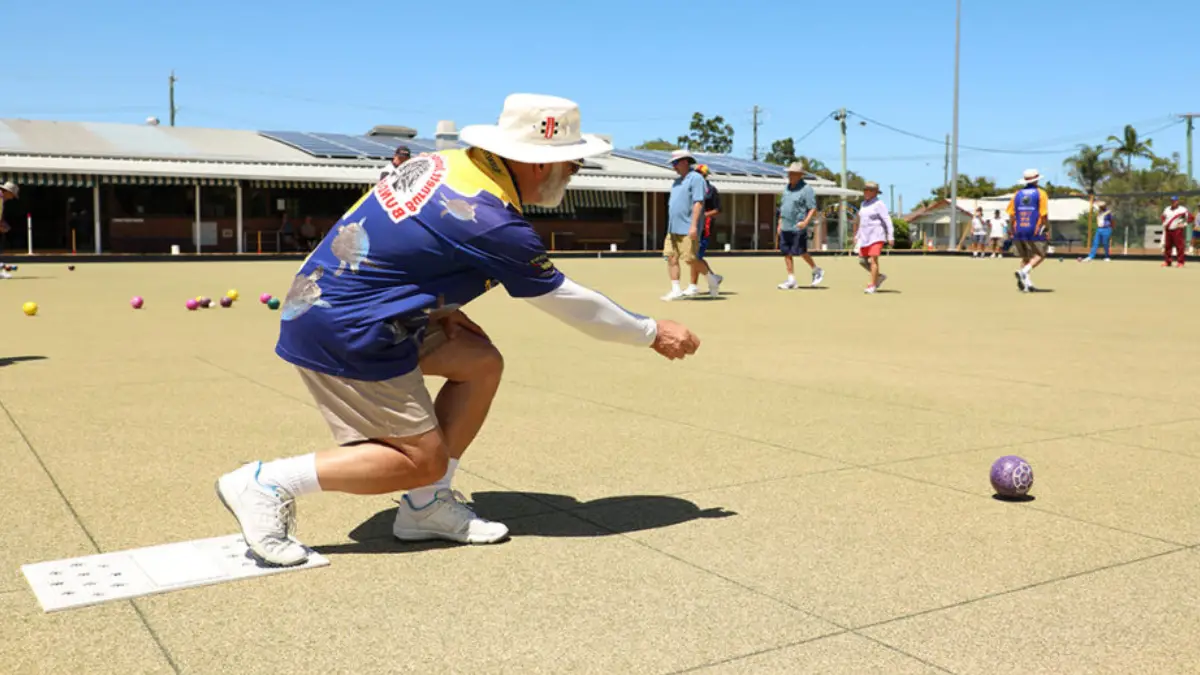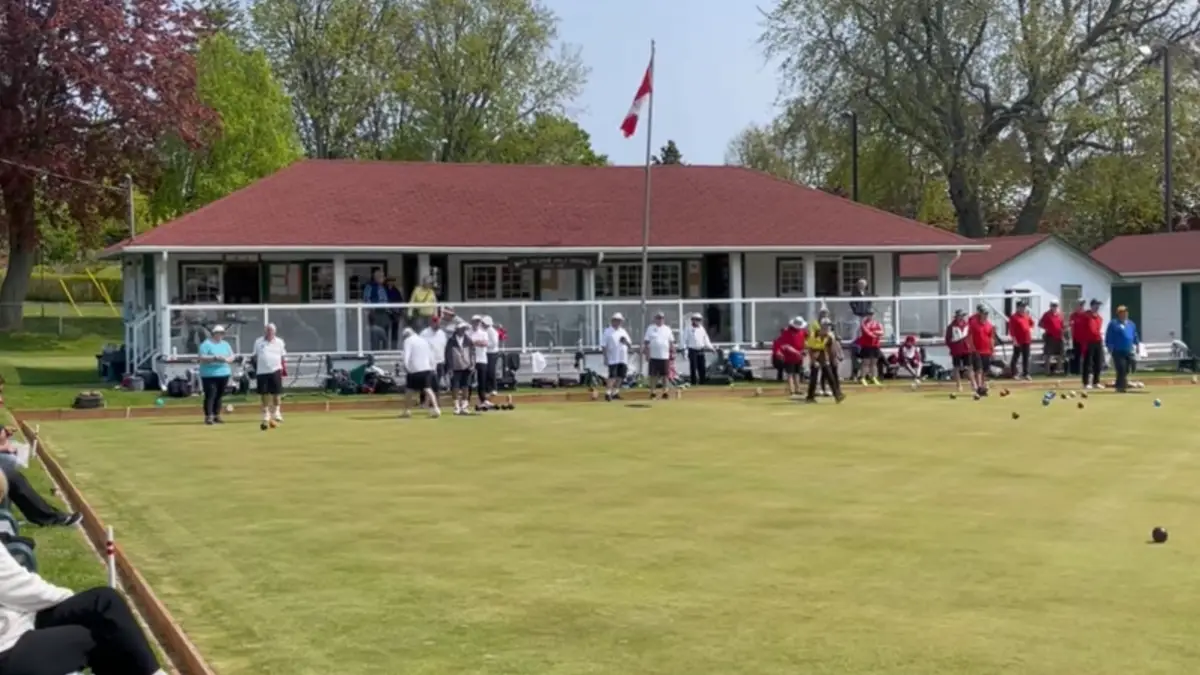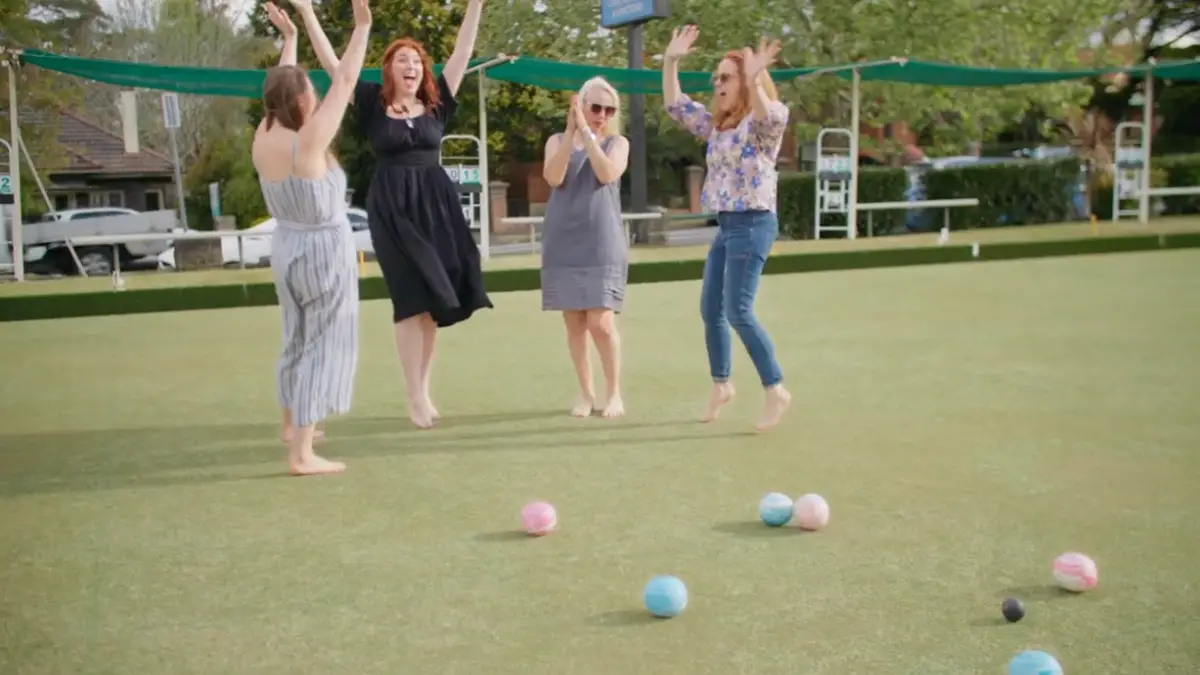Generally there are two trial ends in a lawn bowls match (up and down the green) but ultimately the Conditions of Play for the particular competition or tournament will be the deciding factor.
The reason why players like to play trial ends up and down the green is that they can get an idea of how the green is “running” on each side i.e. on the forehand and on the backhand.
Each team has a chance to roll the jack in trial ends, starting with the team that won the toss for the mat.
With two trial ends, In singles and pairs games each player has the opportunity to play two bowls on each side up and down the green. In trips, the players can play two bowls on one side and one on another. Or they can elect to play all three bowls on one hand up and down the green to “perfect” their understanding of the running.
In fours (or “rinks” as fours is also called) each player has the opportunity to play one bowl on the left and one on the right, up and down the green
Why have trial ends in lawn bowls?
Top players make sure they dedicate maximum concentration levels to the trial ends as so much can be learned that will be useful in the game. Is the green running fast or slow? Is the hand a narrow or swing hand? Is the green running true i.e. predictably? Are there bumps in the green or other areas where your bowl slows down?
Make the most of your trial ends to put an edge on your game.
How do trial ends differ from ordinary ends?
There is no scoring in the trial ends, and after each bowl has been played the skip kicks the bowl out of the head so the next player can play to an open jack.
Variations on trial ends
There are a number of variations on trials ends in lawn bowls:
- In social bowls in general no trial ends are played
- In casual competitions the first end may count only one point – just so the players can get an idea of how the green is running, in one direction at least
- Sometimes, to save time, the skips may decide to play fewer than the full cohort of bowls up and down the green e.g. two bowls up, two bowls down in pairs against four up and four down
- In competitions where an uneven number of ends is to be played, for example 15 ends, the skips may decided to play one trial end only so that the game ends where the bowls bags are lying. This is a lazy way to go…
What Laws of Bowls says about trial ends
The World Bowls has specific guidelines for trials ends in the official Laws of Bowls. The section reads as follows:
5.1 Trial ends
World Bowls
5.1.1 Before the start of play in any game, or before continuing an unfinished game on another day, one trial end must be played in each direction. At the discretion of the Controlling Body, trial ends may also be permitted when an interrupted game has been moved between a vegetation surface and a synthetic or indoor surface.
5.1.2 For domestic play, the Controlling Body can limit the number of trial ends to be played (no trial ends or one trial end in one direction). It can also decide whether the trial ends are played immediately before or immediately after the scheduled start time for the game.
5.1.3 Trial ends must be played on the same rink that the game will be played on.
5.1.4 Each player must not use more than the number of bowls being used during the game. If a player or an umpire notices that a player is using more than the permitted number of bowls, the defaulting player will lose the right to play any bowls remaining to be played in the trial ends.
5.1.5 Each player can use any combination of bowls taken from different sets of bowls.
5.1.6 The opponents of the team which started the first trial end must start the second trial end.
5.1.7 The team which starts the trial end must place the mat, deliver the jack and place the jack on the centre line of the rink at a distance they choose from the mat line (the distance must not be changed during the course of the trial end).
5.1.8 When each bowl comes to rest, any player or the marker can remove it and place it towards the front ditch.
5.1.9 If a bowl moves the jack, the jack must be put back to its former position.





